opens in a new window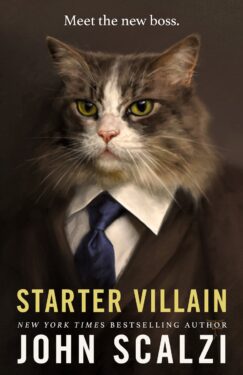 We love cats and SFF and John Scalzi, and are thrilled to introduce all three today!
We love cats and SFF and John Scalzi, and are thrilled to introduce all three today!
Check it out!
by John Scalzi
Hello, Tor/Forge blog readers! I have a new novel coming that recently released called opens in a new windowStarter Villain, and if you’ve seen the cover—and what a cover!—then you may surmise that cats may play a significant role in the events of the story. That would be correct, and also, it would not be the first time that cats have been integral to the stories that science fiction and fantasy writers write and share with the world.
To make this point, below please find a curated selection of feline friends who pop up in science fiction and fantasy works across several media. Because, after all, cats are everywhere. This is by no means an exhaustive list, so once I offer up some of my favorites here, please add your own in the comments. Because you can never have too many cats!
JONESY THE CAT, from Alien (1979)
The more things change, the more things stay the same—cats were crew members on sailing ships in order to help control the vermin, and Jonesy had a similar role on the Nostromo, the massive cargo-hauling space ship in the film. Now, you might argue that Jonesy fell down on the job when he didn’t hunt down and snap the neck of the alien when it was still small and snake-like, but, look, a smart cat knows when to pick his battles. It’s not for nothing that Jonesy is only one of two survivors of that whole crew.
THE CAT, from Coraline (novella, 2002; film, 2009)
In science fiction and fantasy cats are often presumed to be able to walk between the real world and the wilder worlds of imagination, and that’s the case here, as the stray cat Coraline sees lurking about her house follows her through the secret door the leads to the seemingly-nice-but-then-not-
GOOSE THE FLERKEN, from Captain Marvel (2019)
Technically Goose is not a cat at all, but if an alien species looks like a cat, walks like a cat and meows like a cat, you can go ahead and call it a cat… at least until physics-defying tentacles fly out of its mouth and devour all those who threaten it. Which, you have to admit, is not something a cat can do—but absolutely IS something a cat would do, if it could. Go on, look at your cat. Tell me it wouldn’t. In an instant.
THE STRAY, from Stray (2022)
Would domesticated cats survive the human apocalypse? In the video game Stray, not only do cats survive, one of them actually manages to unravel the mystery of what happened to those disappeared humans, and why they left behind an entire subterranean city of helper robots. All while simply being a cat (and also, being helped by their very own robot, which is a nice boost if you can get it).
THE CAT, from Love Death + Robots (2019)
Speaking of apocalypses and robots, in the “Three Robots” episode of this animated anthology series, a trio of mechanized explorers visit the ruins of a city and see delights from the human era they’ve encountered before, like balls! And very old hamburgers! And rockets! And, of course, a cat, who decides to then accompany them on their adventures, because it’s cute and furry and harmless… or is it? In the third season of the series, the robots appear again, as does the cat, in the most unusual of places. Boy, whoever thought up this particular cat really must consider them evil geniuses or something.
There’s a starter list of cats in science fiction and fantasy. Add your own to the list in the comments! And check out Starter Villain, the novel, when it’s out on September 19. You won’t be disappointed in its cats, I promise you.
JS
Order opens in a new windowStarter Villain Here:
opens in a new window opens in a new window
opens in a new window opens in a new window
opens in a new window opens in a new window
opens in a new window opens in a new window
opens in a new window
 opens in a new window
opens in a new window opens in a new window
opens in a new window opens in a new window
opens in a new window opens in a new window
opens in a new window


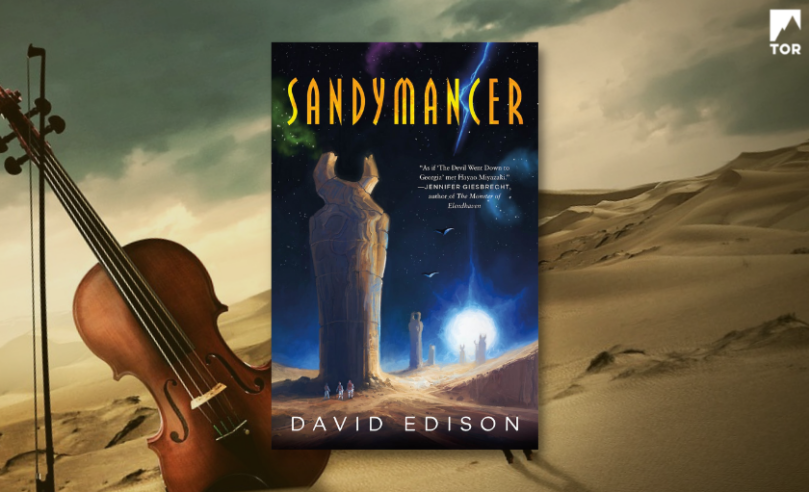
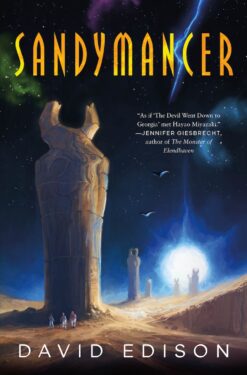
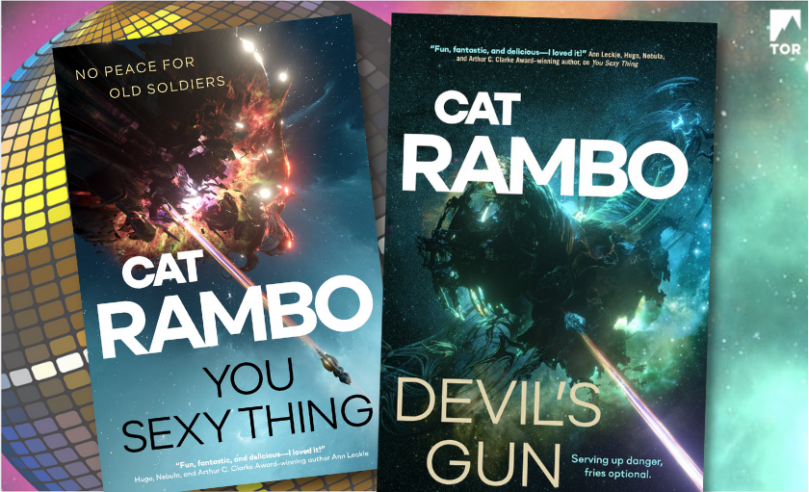
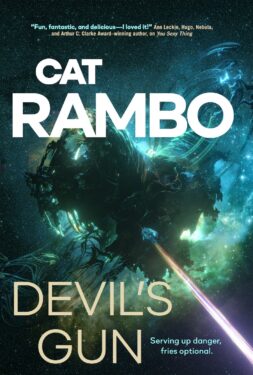
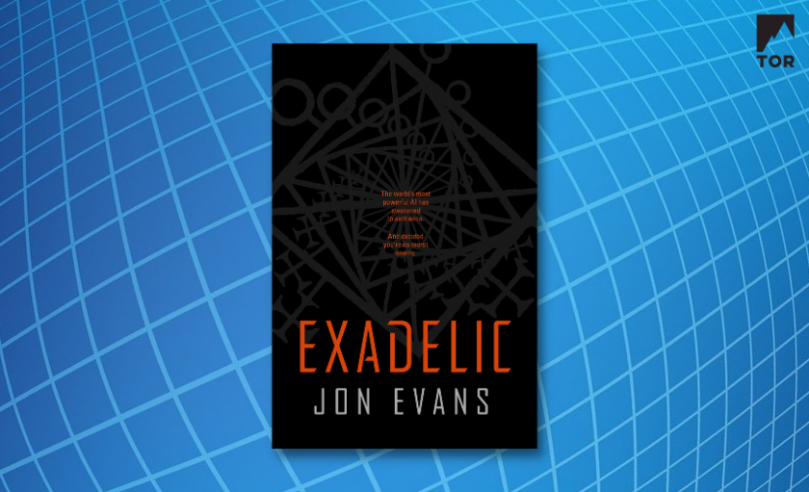
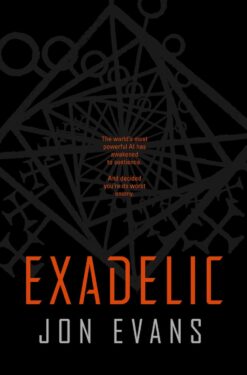
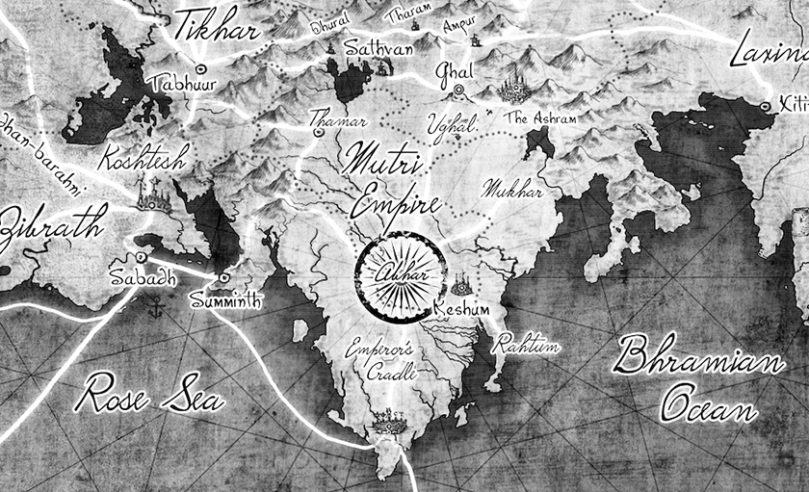
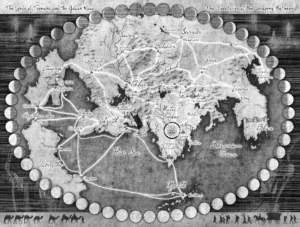
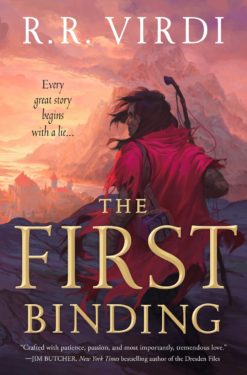
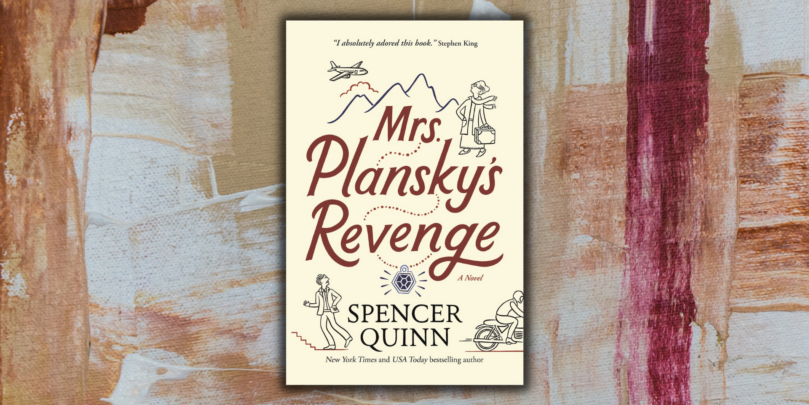
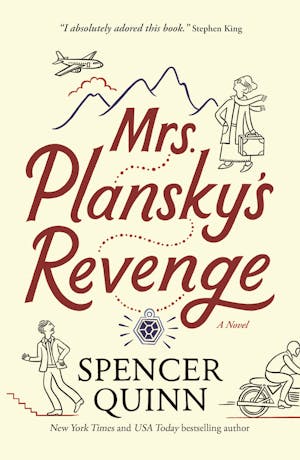
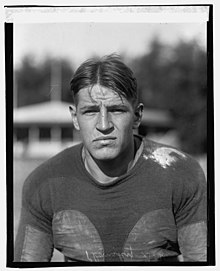



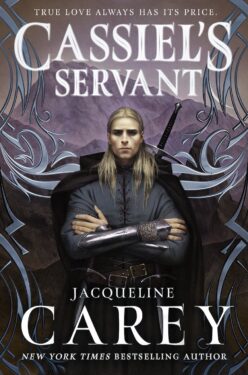 Writers love a challenge and today Jacqueline Carey, author of Kushiel’s Dart and the upcoming companion novel, Cassiel’s Servant, joins us on the blog to discuss the constraints around writing. Check it out here!
Writers love a challenge and today Jacqueline Carey, author of Kushiel’s Dart and the upcoming companion novel, Cassiel’s Servant, joins us on the blog to discuss the constraints around writing. Check it out here!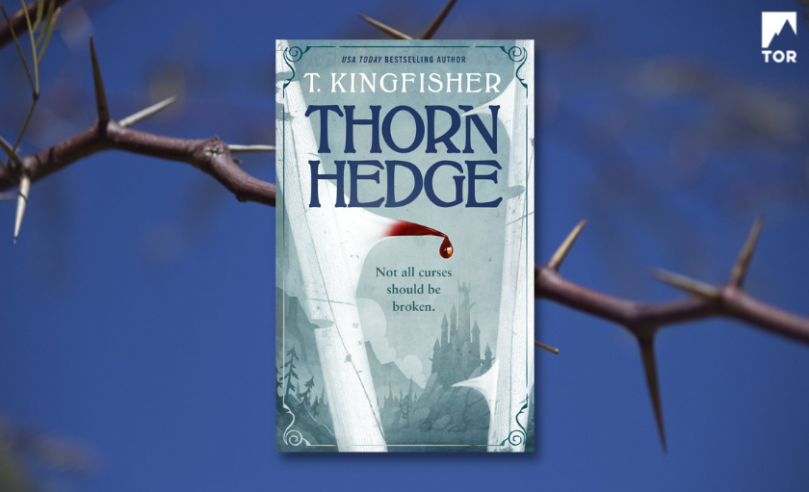
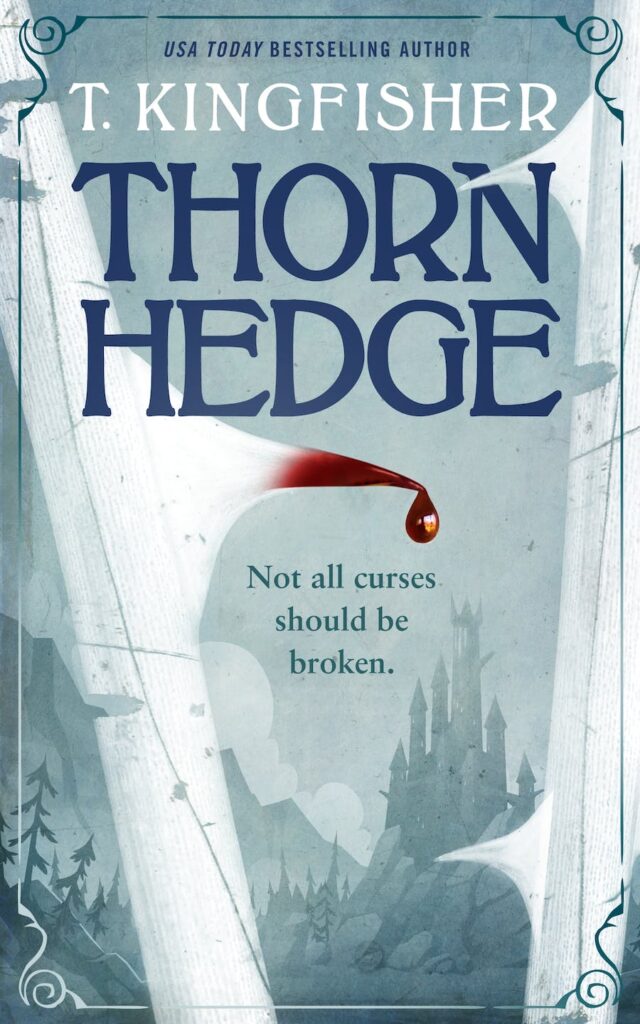
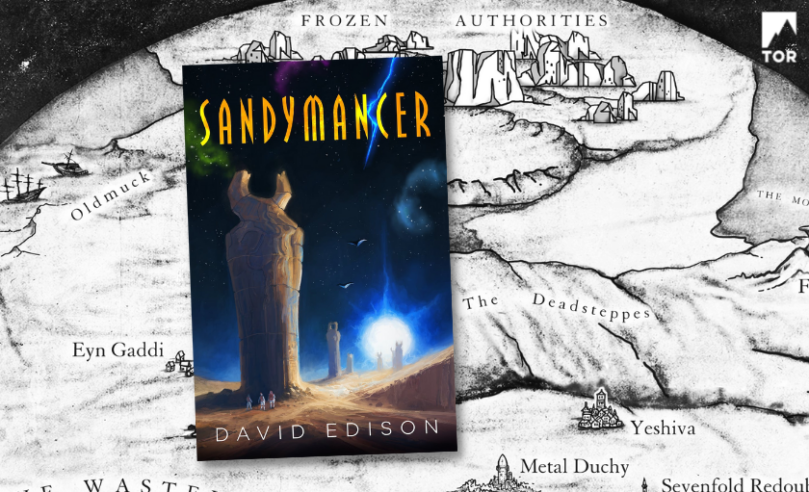
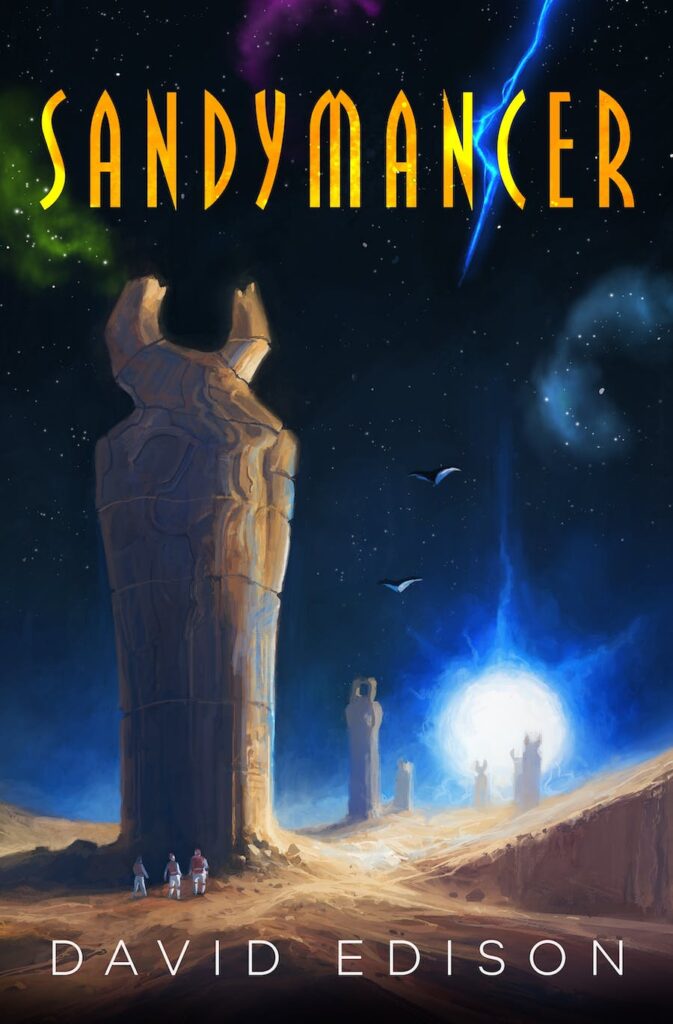
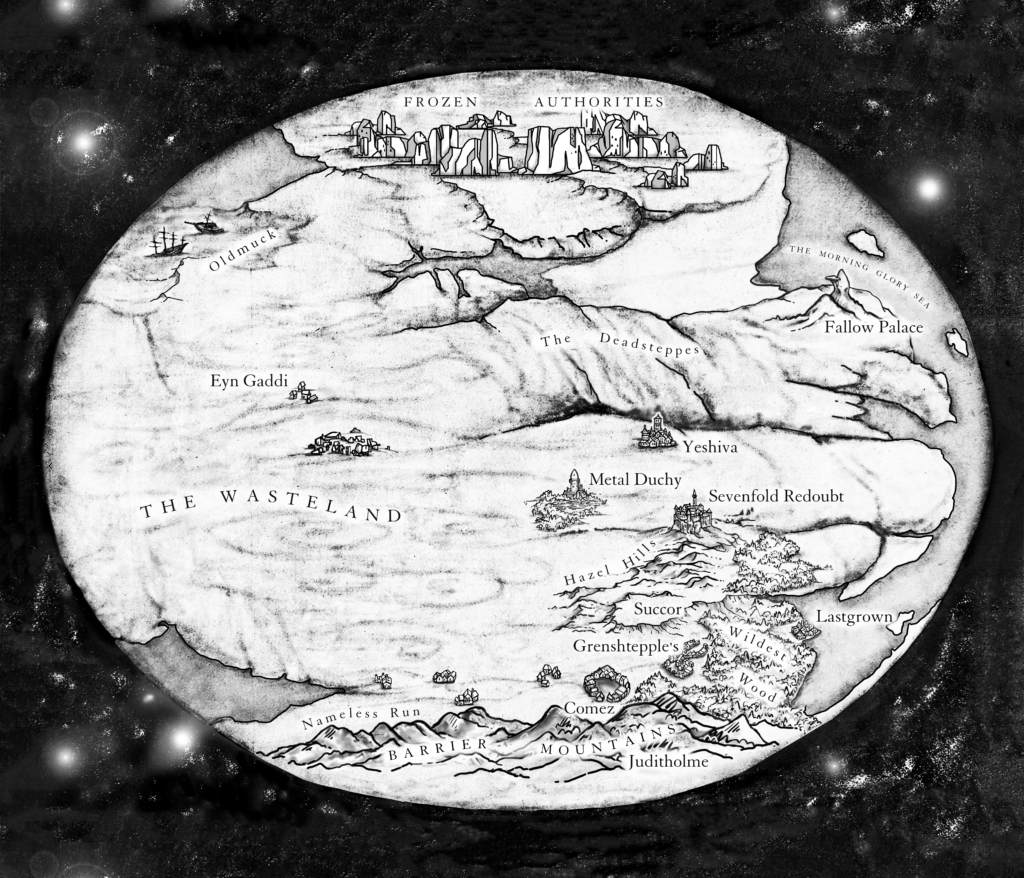
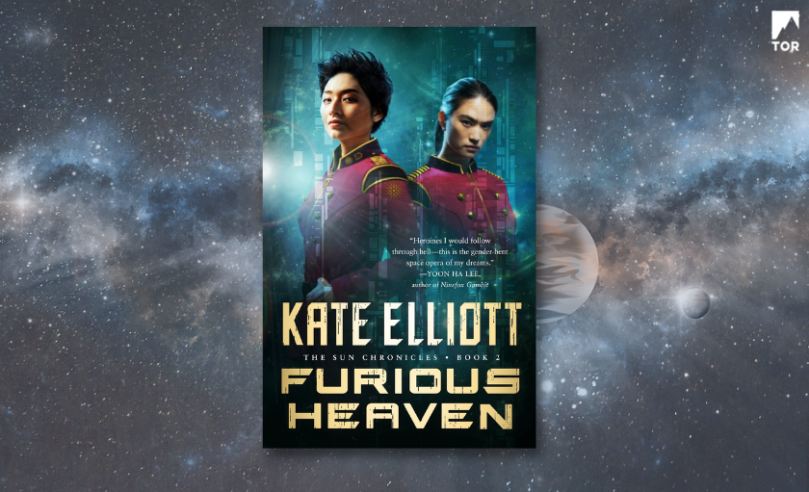
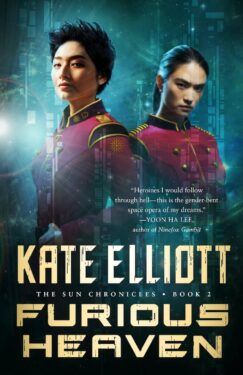 We love space operas. LOVE. But we have questions.
We love space operas. LOVE. But we have questions.